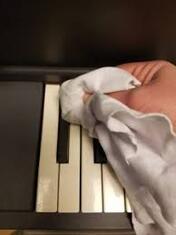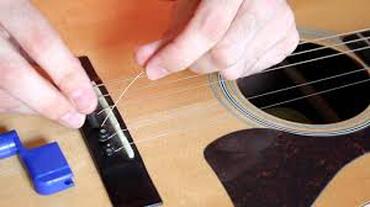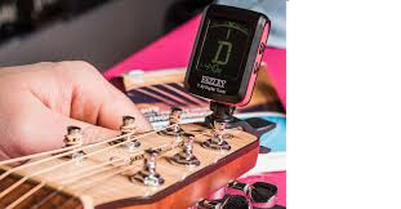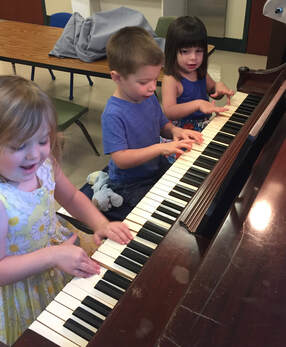|
-James Brett Landrum You see that look in your child’s face as she watches the neighbor’s family play with their new guitar. They take it on walks, to family gatherings, and sometimes let it stay in the bed at night. You love the idea of musical family charm, but you worry that your child will not care for it like they swear they will. You don’t want the constant noise late at night, the mess of music all over the floor and in the carpet, or even finding picks in the laundry! When you choose to adopt an instrument, you are picking up more than just a fun hobby, it is a responsibility to care for a fragile tool that does need maintenance, but thankfully not walks. I’m primarily the guitar teacher here at Music SO Simple, and guitars require lots of maintenance, but most of it is simple and achievable. Here’s some things that apply to both guitars AND pianos that we should all be aware of:
Guitar specifically requires a few things pianos don’t:
Instruments today are all masterful pieces of skilled craftsmanship, their own pieces of art even without the sounds they make. If you want them to provide years of beautiful music, treat them just as good as you would Rover.
0 Comments
-Meredith Manley One of the things I look forward to in the summer is starting a new round of Creative Keys group piano class! This class is for students going into kindergarten or 1st grade in the fall who are brand new to the piano. Our summer class is only 8 weeks, but boy, do we learn a lot in those 8 classes! We like to keep the class small (limited to 5 students) so each student also gets individual attention. The goal being to continue the class through the school year and “graduate” to private lessons next summer. There are some real advantages to starting piano in a group setting at this age versus going right into private study. In this blog, I am going to walk you through what our Creative Keys class is like! The first few lessons are jam-packed with important stuff! The very first thing we talk about is how all music has a steady beat, and how the beat can be different speeds. In our first class, we practice playing along with the beat of songs with different tempos with rhythm sticks. We start learning about basic rhythm by drawing quarter notes and rests on the dry erase board, and later adding half and whole notes/rests as our lesson book progresses. We also look at different rhythm patterns and practice clapping or playing them on the drum. Since understanding rhythm and steady beat is super important to playing any instrument, we always do some sort of rhythm activity at the beginning of class!
Our first class also introduces finger numbers. We trace our hands in our workbook and label the fingers, which parents can refer to at home when practicing. As our session continues, we review finger numbers each week by playing what I like to call the “fast finger quiz”, where I call out a number and have the students wiggle the correct finger. Knowing finger numbers well is essential for piano success! Early on, we discover where the high and low notes are on the piano and the groups of black keys (2 key groups and 3 key groups), which is where our first songs begin. We also start ear training with various listening games- whether a note is high or low, if a notes move up or down, and listening for rhythm patterns. Ear training is really important to start right away because it takes a while to develop, and it’s important for students to be able to listen to themselves as they play. So why start with a group piano class instead of going right into private lessons? I think the main reason is that learning in a group can be way more fun! The social aspect of a group class keeps kids engaged and perhaps provides a less intimidating learning environment. Group class also offers more opportunity for learning with different activities, versus only sitting at the piano like in a private lesson. Having the chance to move around during the lesson is important for very young students- they will not stay focused or be as engaged if they are just sitting on a piano bench for 30 minutes, and chances are, they won’t want to come back for lessons! What’s nice about group class also is that students learn some valuable lessons right off the bat- when they should be listening quietly to another student play and how it feels to play for other people (like in a recital), and how to play as an ensemble (when we all play the same song together). Our next enrollment period for our group piano class will be in August, and we are in the works of some exciting changes to our group piano program for the fall. Stay tuned! |
Archives
July 2024
Categories
All
|
|
|
MUSIC SO SIMPLE
|





 RSS Feed
RSS Feed